Cosmetic mica is a cornerstone material in the beauty and coatings industries, prized for its luster, safety, and versatile performance in various formulations. This in-depth resource covers the latest industry trends, key technical details, manufacturing insights, and a comparative analysis of cosmetic mica powder options—including data-driven visualizations. Special focus is given to Muscovite Mica High Temperature Resistance For Cosmetic Paint Coating (cosmetic mica), an advanced solution for demanding cosmetic and industrial scenarios.
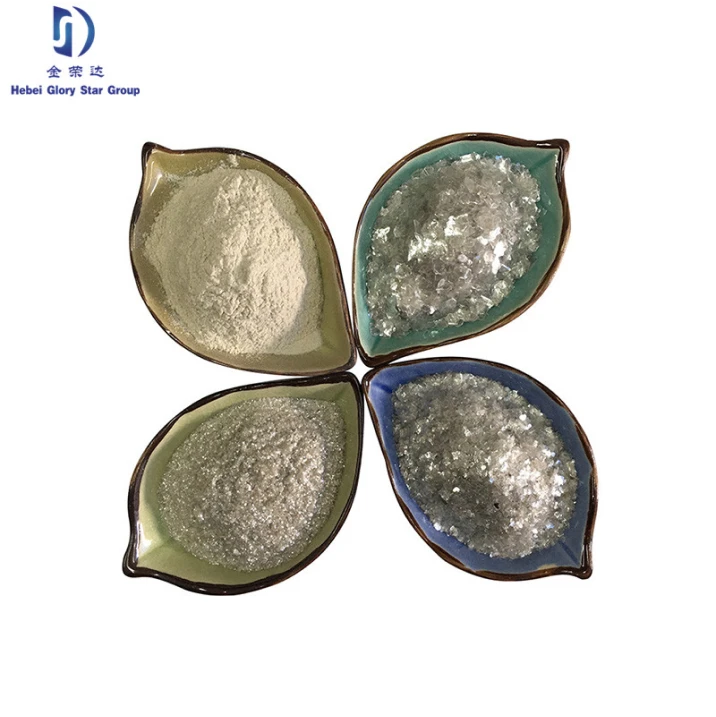
Industry Trends: The Rising Demand and Applications of Cosmetic Mica
The cosmetic mica market size was valued at USD 1.22 billion in 2022 and is projected to reach USD 1.72 billion by 2028, registering a CAGR of 6.1% (Grand View Research, 2023). Growing adoption of natural shimmer pigments, increased regulatory scrutiny on synthetic alternatives, and expanding applications in cosmetic micas for skincare, haircare, and coatings drive demand.
Key Applications:
- Color cosmetics (eye shadow, blush, foundation)
- Cosmetic coatings, nail polish, hair sprays
- Paints & coatings for automotive and industrial sectors
- Plastic and polymer compounding
- Pharmaceutical and biomedical formulations
What Is Cosmetic Mica? Types, Structure, and Performance
Global Cosmetic Mica Product Comparison
| Product Name | Type | Purity (%) | Particle Size (μm) | Color | Certifications | Typical Application |
|---|---|---|---|---|---|---|
| Glory Star Muscovite Mica | Muscovite | ≥99.5 | 10–40 | Silver-white, pearl | ISO9001, FDA, REACH | Cosmetic, Paint |
| Ruicheng Phlogopite Mica | Phlogopite | 97.2–98.5 | 30–80 | Golden brown | REACH | Nail, Haircare |
| Cohen Synthetic Mica | Synthetic | 99.9 | 10–50 | Snow-white | ISO, FDA | High-performance Cosmetics |
| Merck Colorona® | Muscovite | 99.7 | 15–60 | Wide selection | ISO22716, REACH | All Cosmetics |
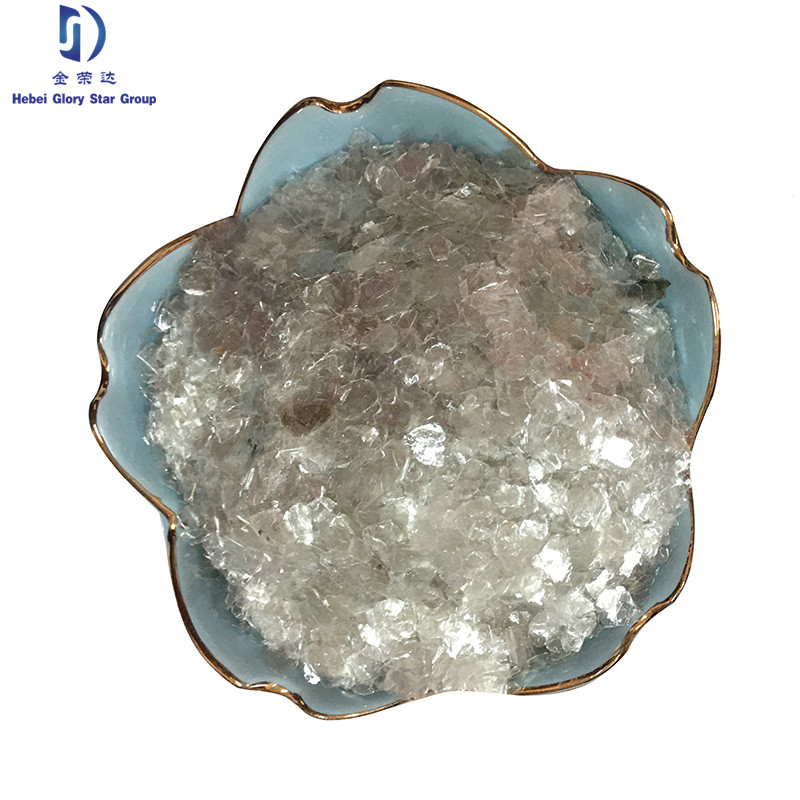
Manufacturing Process: Stepwise Flow of Cosmetic Mica Production
(ISO14001 compliant sourcing)
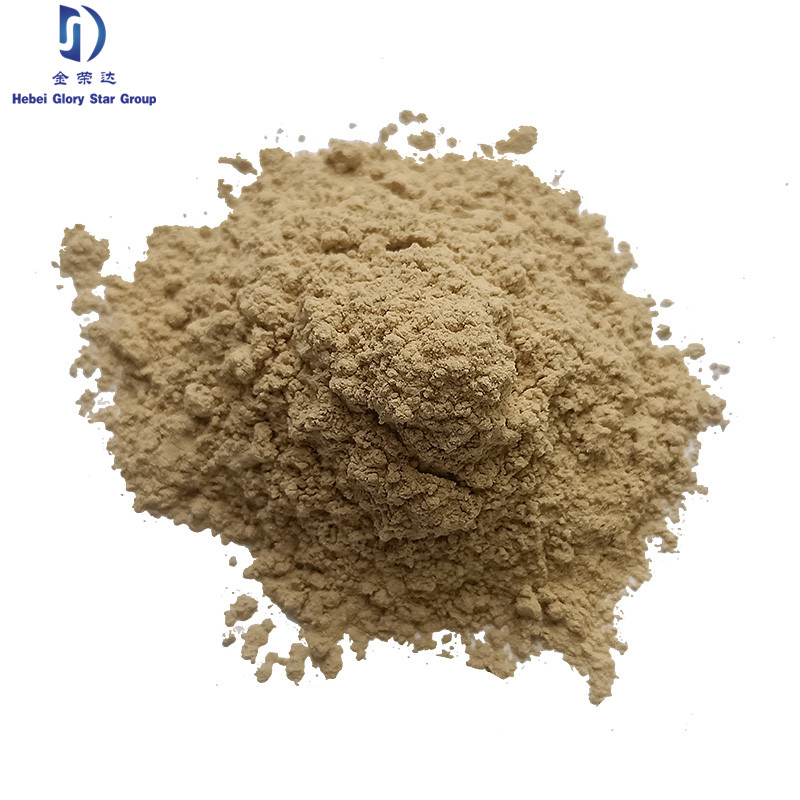
Technical Specifications: Muscovite Mica High Temperature Resistance For Cosmetic Paint Coating
| Property | Value | Test Method |
|---|---|---|
| Type | Muscovite (High-purity natural) | Microscopy/XRD |
| Purity | ≥99.5% SiO2 | Wet Chemical Analysis |
| Particle Size (D50) | 15–40 μm | Laser Diffraction |
| Moisture Content | <0.5% | Infrared Drying |
| pH | 6.5–7.5 | Aqueous Suspension |
| Color Reflectance | 85–94% | Spectrophotometry |
| Oil Absorption | 38 g/100g | CTFA Method |
| Heavy Metals | <5ppm | ICP-MS |
| Temperature Resistance | Up to 900°C | Thermal Test (EN 60068) |
| Compliance | ISO9001, ISO14001, FDA, REACH | Certification |
Parameter Comparison — Muscovite vs. Phlogopite vs. Synthetic Mica
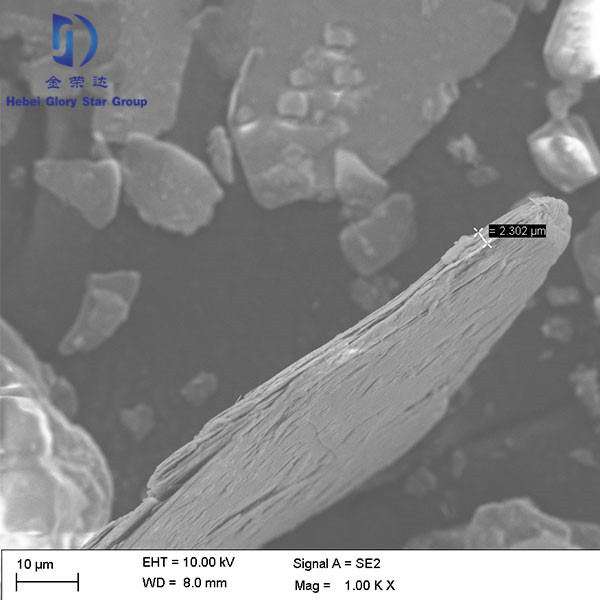
Cosmetic Mica Powder Usage Distribution by Industry (2023, Global)
Technical Advantages: Why Choose Muscovite Cosmetic Mica?
- Ultra-high Purity: Natural muscovite offers exceptional color reproducibility and low heavy metal content, passing FDA/ISO standards for direct dermal use.
- Thermal & Chemical Resistance: Usable for both cosmetic and high-temperature paint applications (up to 900°C, EN60068), crucial in automotive and coating industries.
- Stable Particle Morphology: Lamellar, plate-like crystal structure offers optimal light reflection, high slip, and smoothness—vital for luxury brands.
- Environmental & Ethical Sourcing: REACH, ISO14001, and human rights auditing support sustainable supply chains.
- Versatility: Composite compatibility with organic/inorganic pigments; synergizes well with UV absorbers, silicones, and oils.
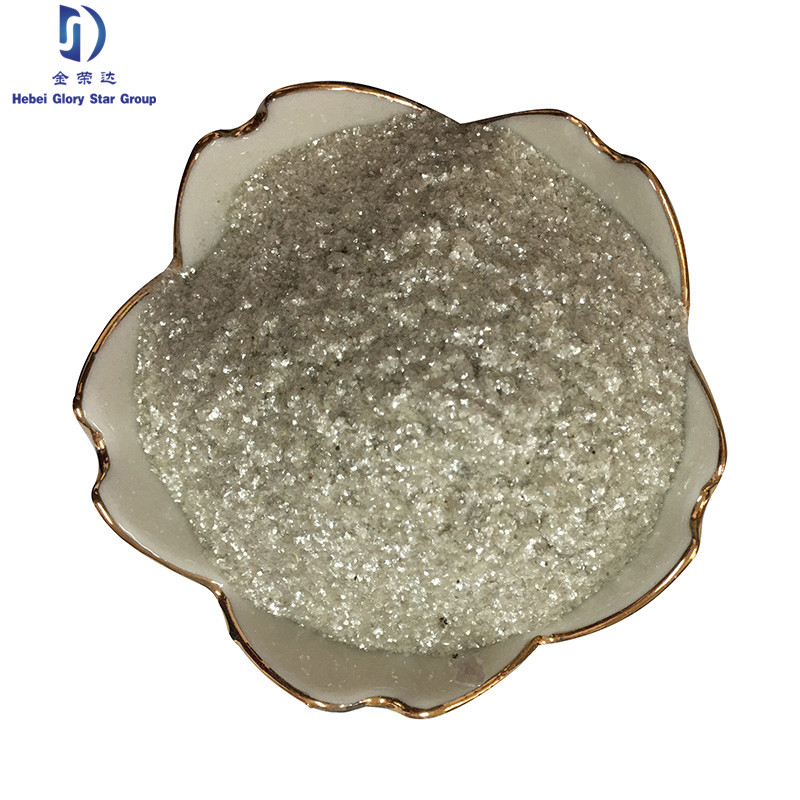
Leading Manufacturers: Comparative Analysis
| Company | Main Product | Certifications | Annual Output (tons) | Lead Time (days) | Key Markets | Notable Clients |
|---|---|---|---|---|---|---|
| Glory Star | Muscovite Mica | ISO9001, FDA, REACH | 8,000 | 7–15 | Global (OEM/ODM) | L'Oréal, BASF, PPG |
| Merck KGaA | Colorona® Mica | ISO22716, REACH | 3,200 | 20+ | EMEA, US, JP | Lancôme, Estée Lauder |
| Yamaguchi Mica (JP) | Cosmetic Phlogopite | ISO9001, ECOCERT | 1,600 | 30 | Asia, EU | Shiseido, Kao |
| Cohen Minerals | Synthetic Mica | ISO14001, FDA | 1,950 | 19–25 | US, EU | Revlon, Avon |
Custom Solutions & Engineering Service Flow
- Specification Consulting: Engineers work with clients on desired color, luster, D50 particle size, oil absorption, and surface treatment options. Customizations may include hydrophobic coatings or color-matched blends.
- Prototype Sampling: Lab-scale test runs, sent for client evaluation and compatibility testing (e.g., with organic pigments, silicones, or film formers—trial in both powder and emulsion systems).
- Pilot Production & Certification: Scaled runs with guaranteed lot-to-lot repeatability; third-party testing to ISO and FDA standards available upon request.
- Full-scale Supply & Support: Secure Just-In-Time (JIT) shipments with 7-15 day lead times globally. Support includes regulatory documentation, MSDS provision, and formula engineering.
- After-sales Support: Dedicated account engineers assist with troubleshooting, process optimization, and new application development.
Case Studies: Real-World Applications
(Europe, 2023)
A major European brand replaced previous talc-based pearlescents with cosmetic mica powder from Muscovite High-Temp series.
- Result: Reduced allergenicity, improved skin adherence, and 25% increase in shimmer uniformity (L*a*b* color measurements, ISO 18314-1:2022).
- Feedback: “Surpassed all opacity and safety benchmarks; customer feedback index up 12% in six months.”
Replacing calcium carbonate extender with cosmetic mica in marine coatings improved corrosion resistance (350h → 790h in ASTM B117 salt fog tests), with a cost reduction of 11% (due to reduced filler consumption).
OEM commented: “Formulation now passes all ISO 12944-6 requirements for C5-M corrosion grade.”
Utilizing synthetic mica blend with colored oxide coatings, an indie manufacturer achieved a proprietary “holographic” eyeshadow. R&D cycle shortened by 40% through tailored dispersion and technical support.
Customer Experience & Feedback
-
“Zero contamination lot-to-lot. Our line is finally passing the latest FDA batch release tests.”
— US color cosmetics formulator, 2023 -
“Very consistent plate size, perfect for transparent nail polishes and UV gels.”
— South Korea nail care brand, 2022 -
“Their technical advice helped us switch to fully natural cosmetic mica in all our products—great ESG credibility gain.”
— European multinational OEM partner, 2024
Delivery, Warranty & Support
- Lead Time: 7–15 days production dispatch guarantee (all grades, including custom shade blends).
- Warranty: 24-month quality consistency pledge; retesting support for all shipped lots.
- Support: 12/6 direct engineering support; compliance and formula adaptation consulting. All products delivered with batch COA, MSDS, and regulatory documentation.
- Ethical Assurance: 100% non-child-labor, traceable and environmentally responsible supply chain, ISO14001 and REACH certified.
Professional FAQ on Cosmetic Mica
Summary & Conclusion
In a rapidly evolving regulatory and market landscape, cosmetic mica is more than just a pigment: it’s the technical backbone of premium, high-performing color cosmetics, paints, and industrial coatings. Leading brands and OEMs are increasingly turning to traceable, certified suppliers such as Glory Star for both standard and tailored cosmetic micas solutions. Combining data-driven engineering, real-world performance, and robust customer support, the future of cosmetic mica powder is brighter, safer, and more sustainable than ever before.
Post time: Jul-31-2025


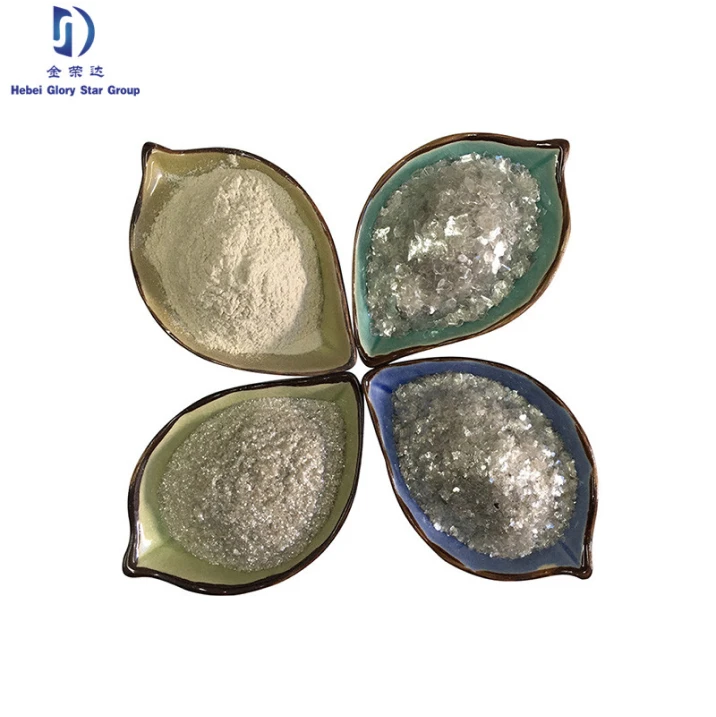
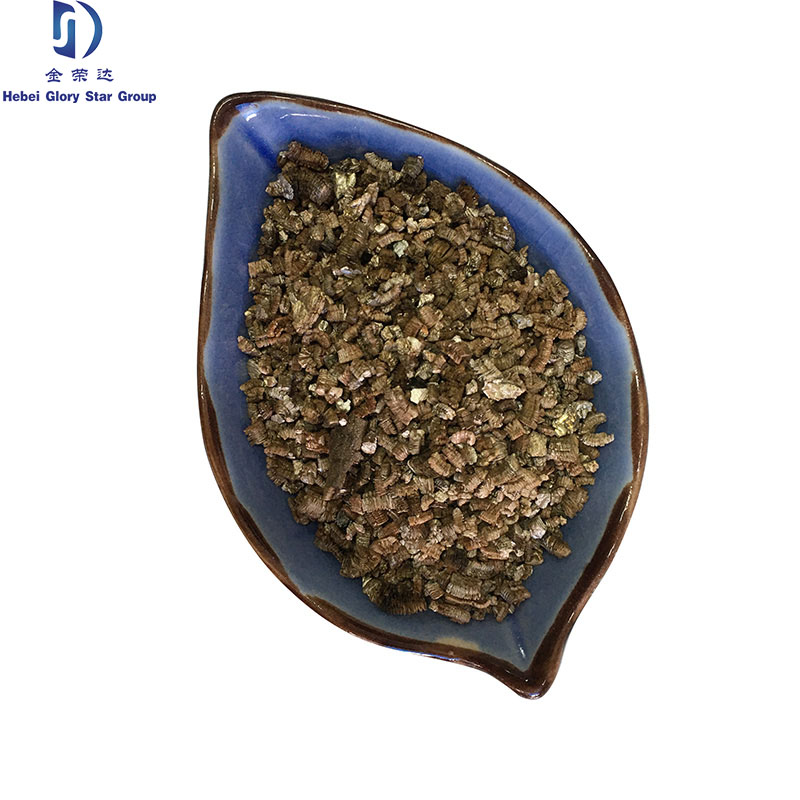
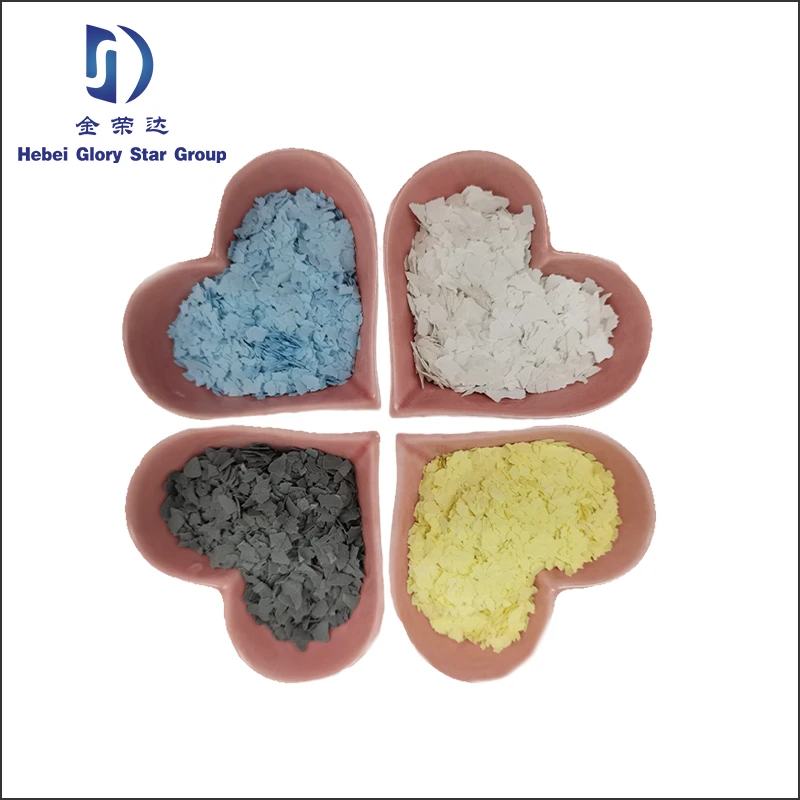
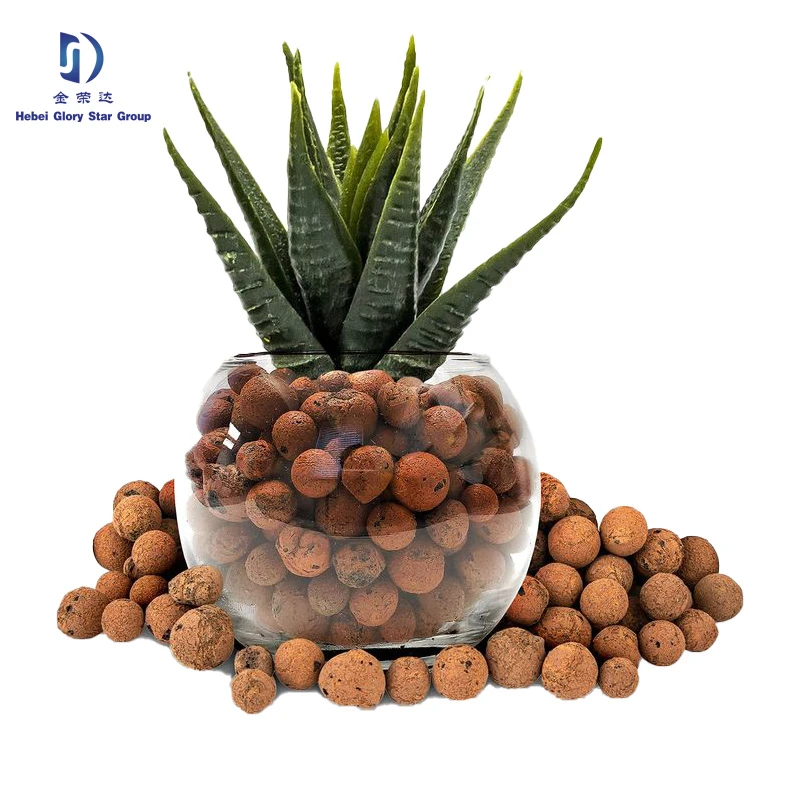
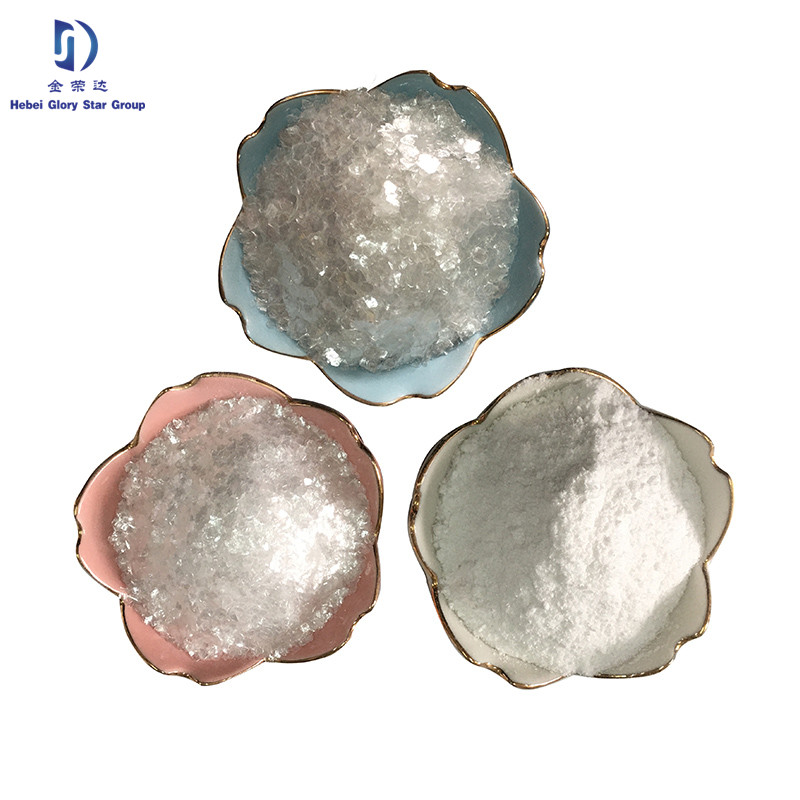
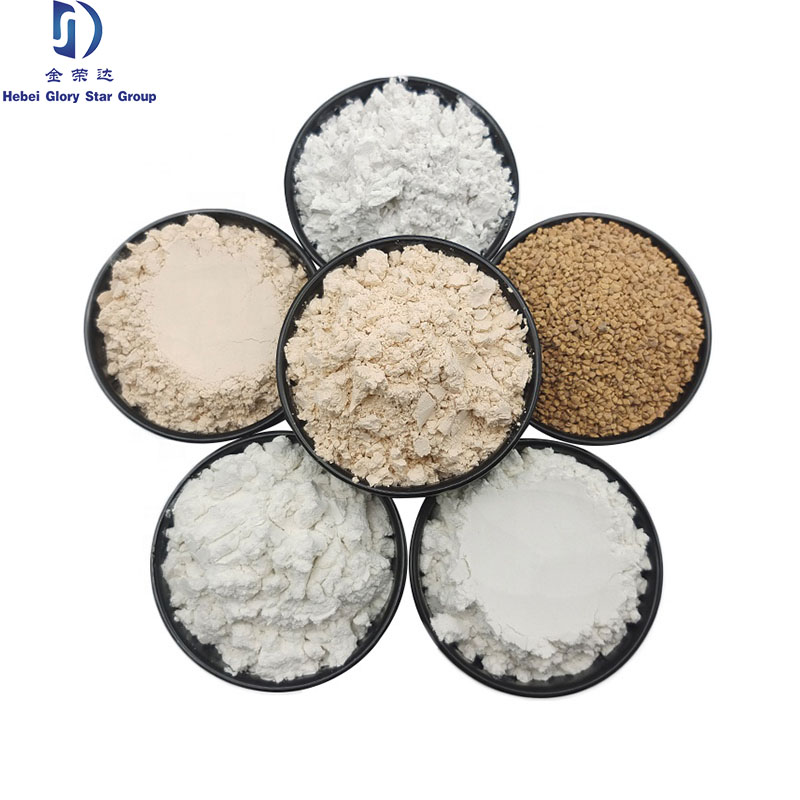
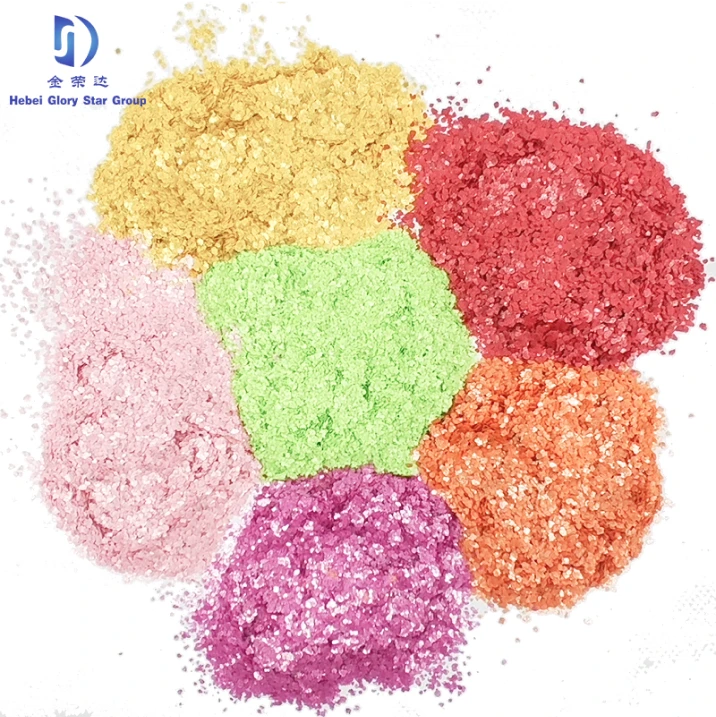
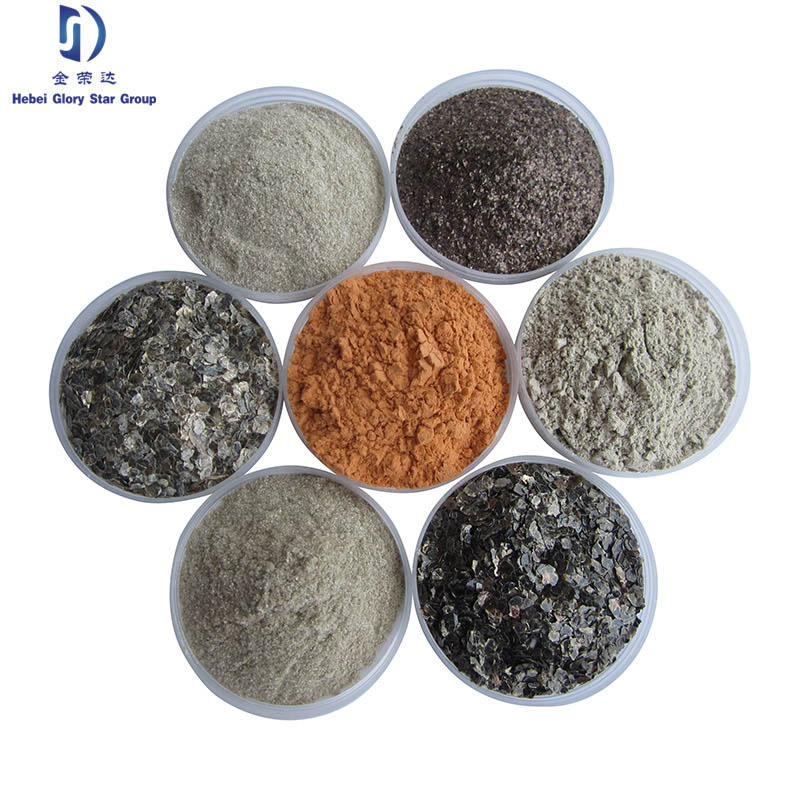
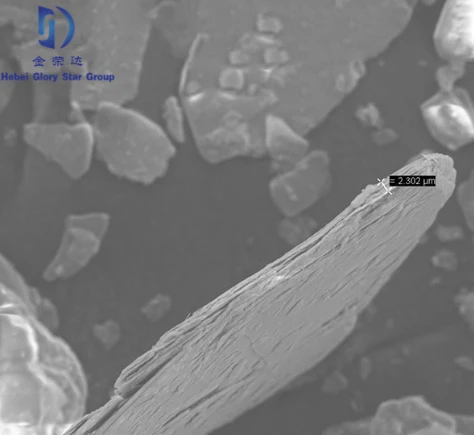
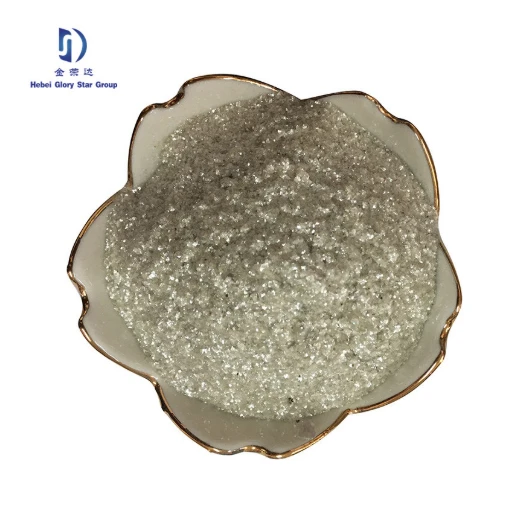
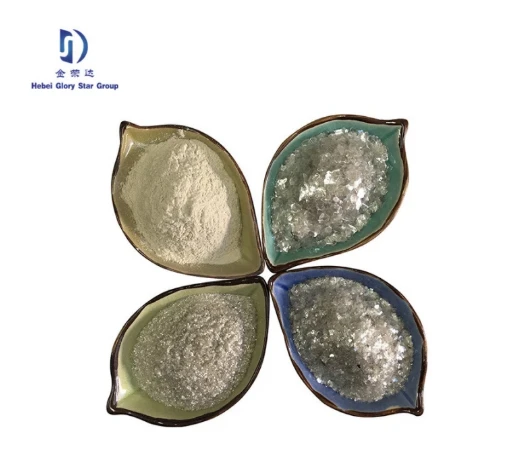
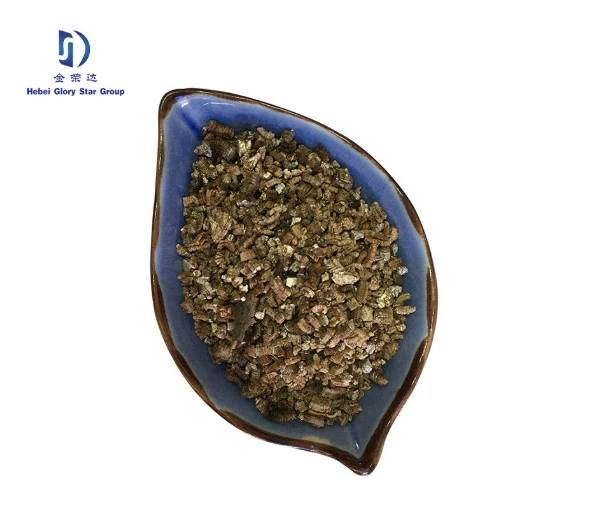
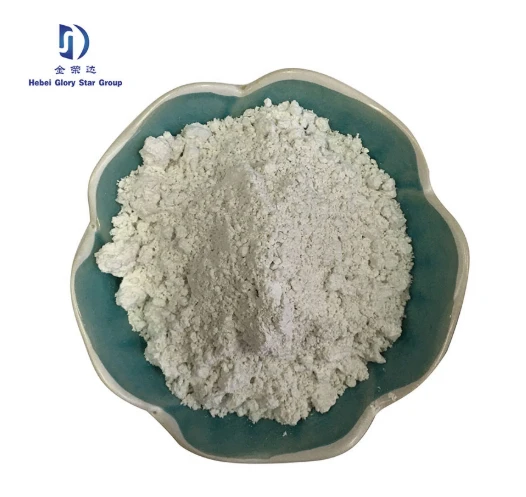
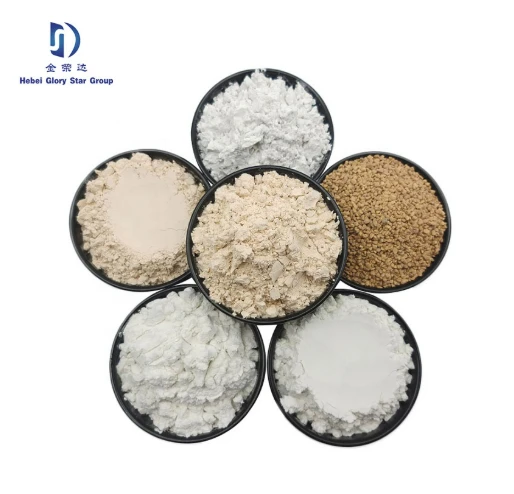
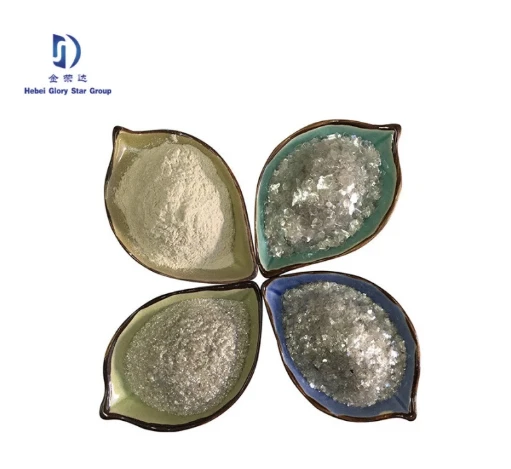
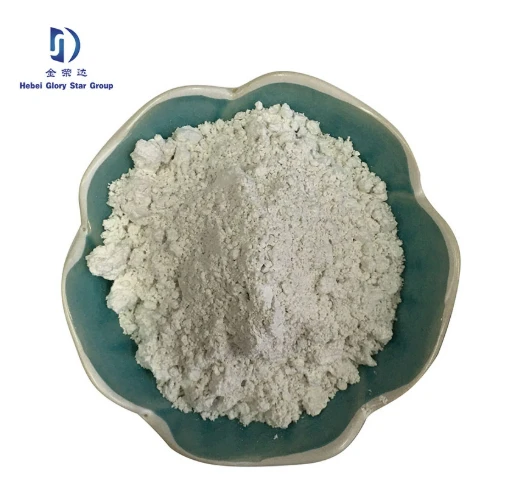
.png)









